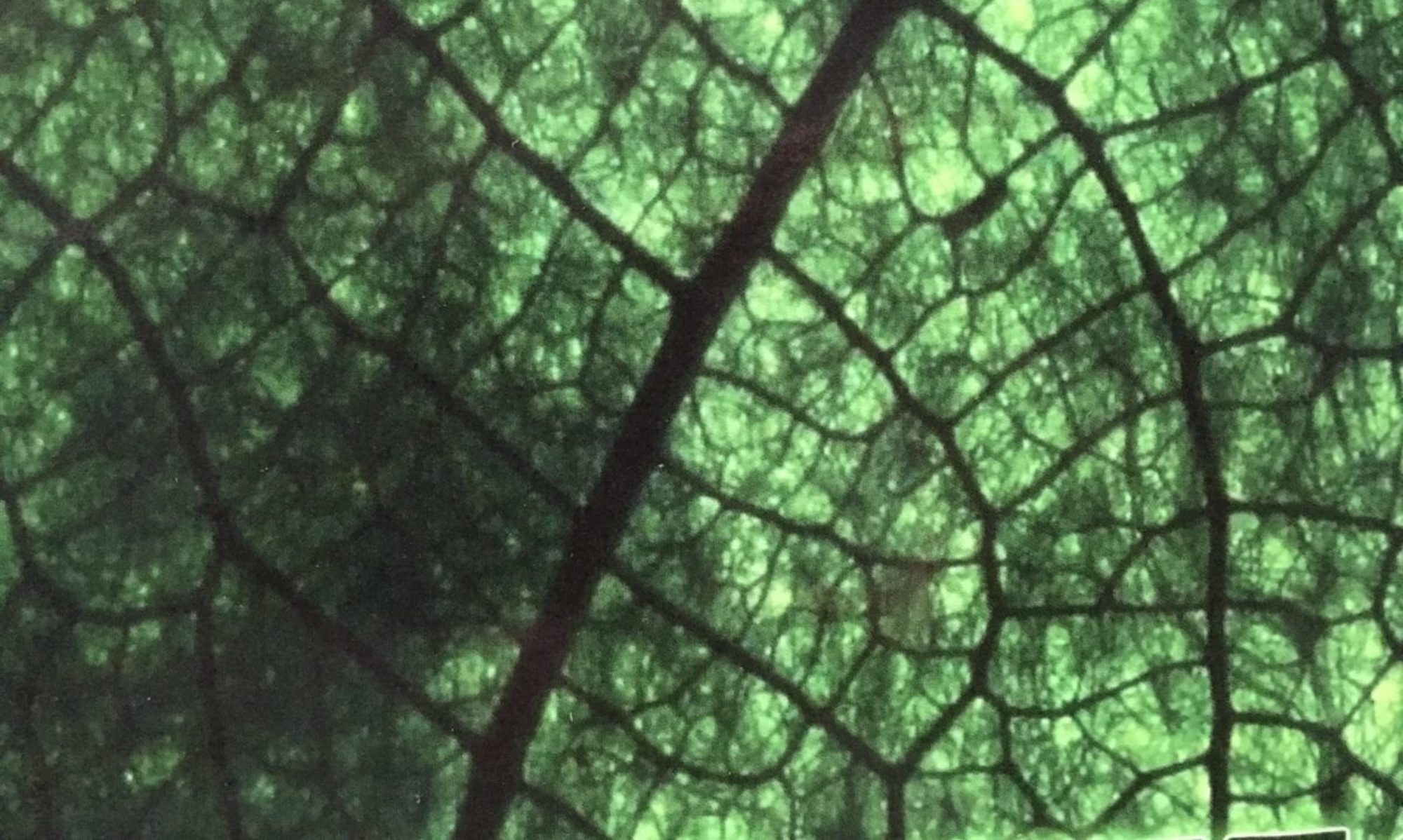It’s not easy being a tree!
Can YOU produce a lemon or other fruit?
I sure can’t!
PS. This post is not just about lemon trees, and not even just about trees. If someone or some thing in our life isn’t “performing” to our standards, it’s probable that extending love & support is a better response than shaming & criticism.
#decolonize
Photo of lemon tree in my yard. This tree comes under constant criticism from some people who pass by. What’s wrong with that tree, why does it only have one fruit on it, why is it taking so long to ripen, why does it not have any fruit on it (asked after I told the person I had picked the fruit — yeah, that’s how picking fruit works, the fruit is there on the tree and then it’s picked).
I made a sign:
“It’s not easy being a tree! I don’t judge you; please don’t judge me.”
And in smaller print:
“Did you know? Trees, flowers, and other plants pick up on our energy. Please let’s be loving and kind to the trees and to each other.”
In closing, a piece of advice: If you’re tempted to criticize some tree (or flower or whatever), go plant a tree or flower in your own yard. The world needs a lot more trees and flowers!
And by observing them compassionately, we can start to understand how they put their hearts into what they do, and what a gift they are.
